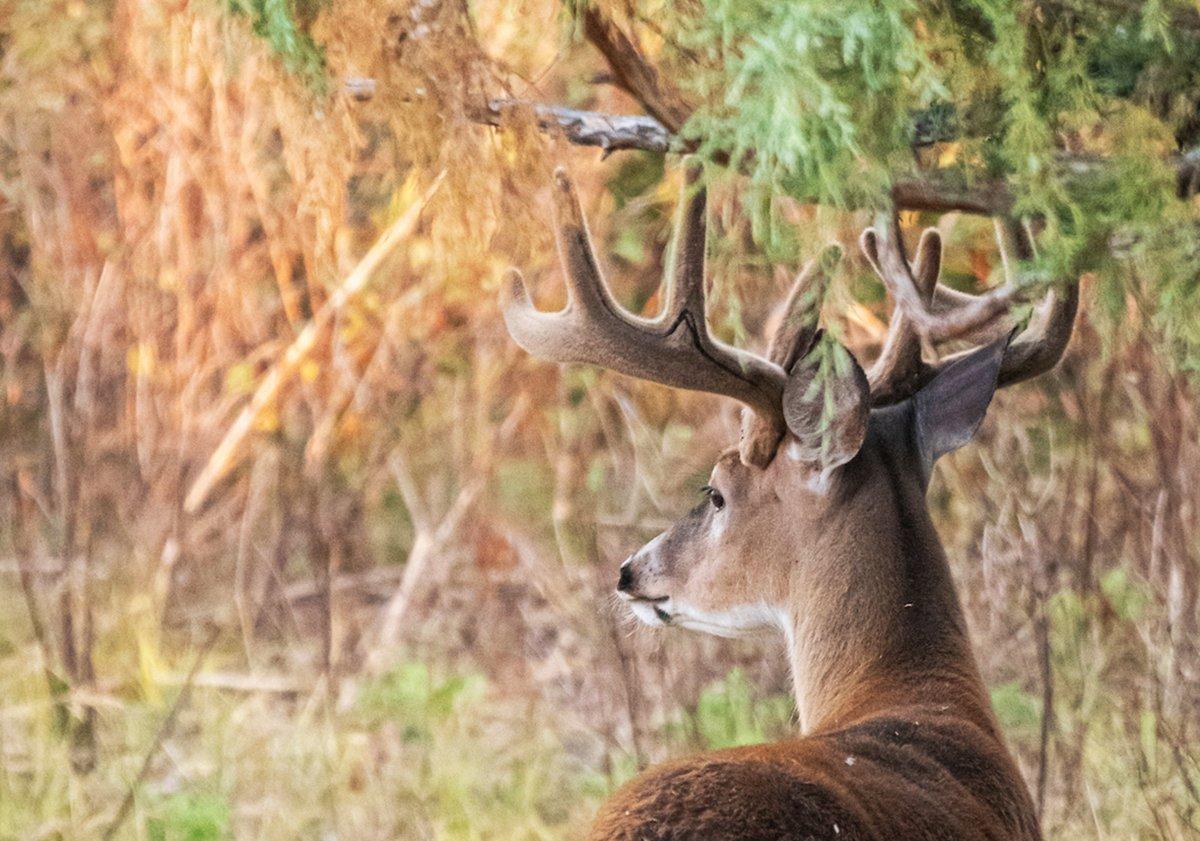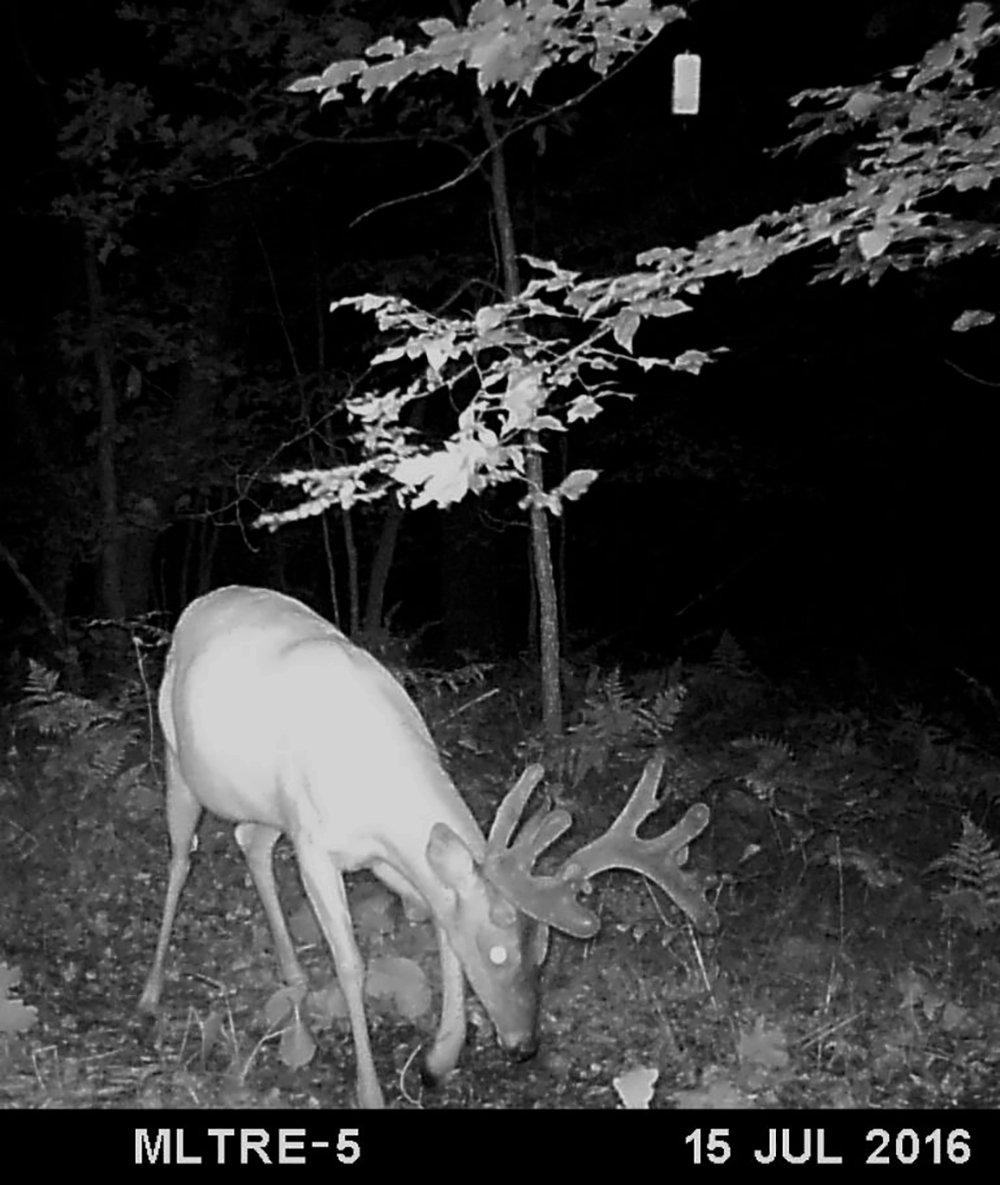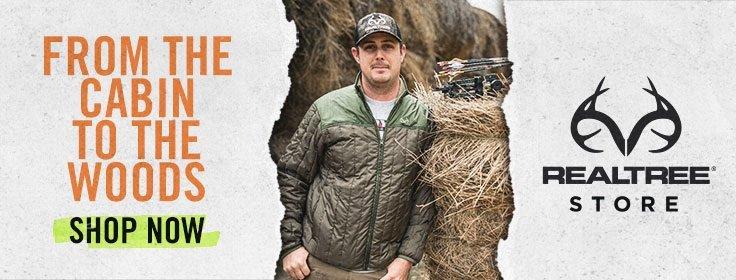Why wait until the pre-rut? Use scrapes to your advantage now
A few years ago, the Virginia Department of Wildlife Resources banned the use of minerals to attract deer. Officials believed that might help stop the threat and spread of chronic wasting disease. I'm all for doing everything we can to stop CWD, but the ban threw a monkey wrench into my scouting. Unable to set cameras on mineral licks, I turned to playing in the dirt, doctoring old deer scrapes and building fake ones, and then setting cams nearby. Nowadays, that summer scrape surveillance has become an integral link in my pre-season strategy.
Scrape Science
Community scrapes, sometimes the size of a truck hood and always in areas of high deer traffic, are signposts where numerous bucks and does share their personal and unique scents. You know bucks actively hit scrapes during the pre-rut in late October and early November. What you might not know is deer visit community scrapes year-round, especially in summer.
In late July and August, bucks don't fight with their velvet antlers, but they feel the urge to start securing a spot in the local pecking order of dominance. One way they do that is to visit a well-known scrape, drop some scent, maybe rub and chew on a licking branch, and move on. Other bucks will cruise by and get a whiff. Curious does will come and smell. Hang a camera nearby, and you'll see all the deer that come and go.
How to Doctor Scrapes
I've been scouting and hunting the same properties for years, so I know where most of the community scrapes are located and which ones bucks use the most year after year. Soon, I'll slip into those ridges and bottoms, dump some deer scent in the scrapes (which will look dry and barren but are recognizable), dab a bit more scent on the overhanging licking branches or a wick, and set a camera 10 to 12 feet away.
A quick note on scent: Save the estrus-doe and heavy tarsal for later in the rut. In summer, use a nonthreatening curiosity scent, such as Active-Cam or Trail's End. Just float out the smell of deer.
(Don't Miss: New Advice for Summer Food Plots)
Build Your Own
If there's a stretch of hardwood ridge or bottom where I know good bucks like to travel, and if there's not a community scrape in the area, I'll build one. My favorite spot is on a flat or in a funnel where two deer trails intersect. Pick a spot beneath a dangling licking branch 4 to 5 feet high. With your boot, rake out a 3- to 4-foot oval to bare dirt. Scent up the joint, set your camera and skedaddle out of there.
Although I generally get the most buck images at a real scrape I've doctored, there can be huge potential in making a mock scrape. If you choose well and build it at just the right spot, numerous does and bucks will come, mill around, paw the dirt, rub and lick the top branch, and turn your fake into a community scrape of their own. If you start getting a surge of pictures at a mock scrape, you've created a new hotspot to scout and possibly hunt later.
(Don't Miss: 3 Bow Stand Mistakes to Fix Before Deer Season)









